
 By Victor Duda
By Victor Duda
Even before the Great Victory in November 1943, it was the leader of the Republic of China Generalissimus Chan Kajishi who participated in the Cairo Conference, where for the first time the Asian leader received an equal place next to the leaders of the then world - the head of the British government, Winton Churchill and US President Franklin Roosevelt.
However, in the winter of 1949, his power was limited to a small island, which was transferred to China just as a result of the Second World War. "A fully incompetent and corrupt government in its fight against the Stalinists, who supports the USSR, only hopes for American assistance," - described the situation in China in 1946 in 1946 the representative of the Trotskyi current, who, however, did not represent the real power in China or in other corners.
At the time of Japan's full aggression against China, he has been torn apart by the Civilist Party by the Kuomintang and the Chinese Communist Party (CCP) for ten years. Actually, the civil war that took place in the country and led to the conditions for Japanese aggression. In Tokyo, they decided that the country's inner confrontation would not be able to exert the troops of the Empire of the Morning Sun. And the turmoil began in the Middle Kingdom before the First World War.
In 1911, the Xinhai Revolution broke out in the price empire. What began as an uprising against the Manchur dynasty, which has been the rules of China for over two and a half centuries, once threw a powerful empire into the flames of a virtually continuous war for a long thirty -eight years. And two world wars are just episodes in this prolonged internal confrontation in the territory of one of the oldest civilizations of mankind.
The First World War was minimally affected by China a much greater problem was the division of the country into numerous internal groups. The Chinese Empire has lost its territorial integrity. From it separated "External Mongolia" (modern Mongolia) and several smaller regions. In general, the country was divided into separate separatic groups.
One of the revolutionary groups of Kuomintan (by the way during the First World War used the support of Japan, which became one of the winners in this war) in 1923 enlisted the support of the USSR, which helped the party to create a fighting wing. At that time, one of its leaders - Chan Kaiishi, was sent to Moscow and political work in Moscow.
Subsequently, in fact, the Kremlin's hostage was taken by his son Jiang Zingo, who was in the Soviet Union, while his father, on the basis of the Kuomintang's military wing, first took power in the party, and later became a actual dictator of China. Chan Kaisha defeated the military groups that ruled different regions of the state after the revolution (a kind of Ottoman in Chinese), and decided to deal with the latest competitors of Kuomintang for power-communists.
Despite the fact that Chang Kayshi himself was a supporter of Chinese nationalism and hostile to the borrowing of European political ideas, the struggle over the classic European political canons - between nationalists (Kuomintan) and the Communists (CCC). China's Communist Party seemed to be close to the catastrophe. The number of members of it was critically low (only 10 thousand) and it did not have real support among residents.
However, one of its leaders, Mao Jedun, decided to resist the peasants in the fight against Kuomminydan, who made up the vast majority of the country's population and lived in extreme poverty. Therefore, the Communists with their ideas about shifting management classes were where to walk. Thus controlling far from the main city centers of the country, the communists were able to hold on to the fight against the Kuomminydan for ten years.
In 1931, Japan selected in 1931 in the inner struggle of China Manchuria, establishing there the puppet state of Manchzhou-Go. In 1937, Japan decided to finally end China, occupying its main economic centers on the east coast, including the capital of Nanfin. And here it happened unexpected. Two Generals of Khmina Zhang Xue-Lan and Jan Huchen imprisoned Chan Kaiyshi and forced him to make peace with the Communists for the sake of joint resistance to enemies.
The Japanese did not expect such a "black swan". Now they needed not just to shift the unpopular government and take control of metropolitan areas, but to fight the hundreds of millions of peasants leading the leading over which the Communists had. The CCP essentially continued the same guerrilla struggle, but now against the external enemy in a tandem with the Khminindan, recognized by the world community and who enjoyed some support of the Western powers.
And in 1941 the United States joined the war. US President Franklin Roosevelt planned to make China a pillar of new post -war order in Asia. Instead, Chan Kaiisha, who was too literally perceived by the anti-Japanese resistance, began to annoy British Prime Minister Winton Churchill, including his activity in India, which remained a British colony. And the USSR has long decided on its protege in the Middle Kingdom.
Still, in the fall of 1943, Chan Kaiishi was able to be honored to be represented at an equal meeting with leaders of the United States and the United Kingdom. This marked the completion of the "humiliation" for China. Now the leader of China could say that before the humiliation of the Europeans, his country was brought by the price dynasty, which Kuomintintan dropped from the throne.
China was able to resist the defeat of Japan and his representatives were even invited to the surrender of the Empire of the Morning Sun. The American military attaché at the headquarters of the Kuomintan troops, General Joseph Stilwell, wrote that China's power was corrupt, and Generalisimus Chan Kajishi himself was incompetent. Perhaps it was, because he did not notice that the main threat to the regime has long been out of the outside.
After victory in China, an oligarchic authoritarian system was established, which preferred to cooperate with Washington on the distribution of influence in Asia and the establishment of a new place in the post -war world. However, as in the case of Japan, the Kremlin's interests were not planned to take into account.
It seems that no one planned to take into account hundreds of millions of malogen peasants who were beyond the limit of extreme poverty, but gained combat experience during a long war against Japan. In neighboring Russia, there was already experience when numerous peasant masses with combat experience have been proven by the government to the region supported the Bolsheviks in the overthrow of the liberal government.
At that time, Kahan Kaiishi sincerely believed that the oligarchic elite, and was supported by the richest families of the state, a member of the most influential oligarchic family, Generalissimus was personally in a pile with numerous landowners and a city boom to provide him with stable power. Russia's experience and the fact that his pre -war enemies of the Communists are most likely to support the Kremlin. And in vain.
At the meeting, the leaders of the Kuomindan and the CCP were unable to agree on the key points of development of the country. But most likely, the reason was that everyone was convinced of their advantage over the opponent. Chan Kaiishi has relied on landowners of various scale that have formed the Chinese aristocracy since ancient times, officials and bizards-businessmen-a layer that began to gain weight in China since the late nineteenth century.
In fact, this allowed Kuomminydan to control the cities of the country - the capital, large industrial centers, regional cities and towns. Therefore, even when the Soviet troops leaving Manchuria gave it to the Communists, the Kuomminydan representatives quickly displaced them from Harbin, Mukden and other cities in the province. The US support was also a significant factor in the confidence of Generalissimus.
With the onset of confrontation, the United States provided the government of the Republic of China logistical and financial support. At that time, the United States was the only nuclear state that had just used nuclear weapons, and they were a country with the highest military-industrial potential in the world. What could go wrong with the force that had such an ally? Instead, the Communists concentrated the masses of illiterate poor peasants around them. Huge masses are hundreds of millions.
Peasants who were able to fight and had basic weapons. They did not invent bicycle and promised Chinese peasants the same as their colleagues in other countries - land and control over production. The tactics of the guerrilla struggle have been known to the People's Liberation Army of China-the CCP's combat wing, since the first confrontation with the Komminomindan. During the war with Japan, she was only honed.
So now the communist field commanders only acted according to the old instructions, and also received assistance from the USSR - a world power that challenged the United States. By 1947, the Chinese Communists took the big cities on the guerrilla siege. In the cities themselves, the authority of the Kuomintang rolled into the abyss through total corruption and a failure of economic policy.
The total inability to organize an effective economic system despite control over all industrial centers, as well as the "corruption sieve" in the budget provoked the government for a catastrophic decision - monetary issue. In a short time, the trillions of the yuan were published, which had been hyperinflation and finally buried Nadiya Kuomminydan for victory.
Already in 1947, Chang Kaisha began to consider the island of Formosis, which have been owned by Europeans, and since the end of the nineteenth century the Japanese (returned to China as a result of World War II) as a theoretical reserve course for retreat in the event of a failure on the front. And this despite the fact that then the CCP waged a guerrilla war. That is, the initiative and all strategic objects were under the control of the Kuomintang.
However, it is obvious that Generalisimus here still pierced his strength. He desperately made several attempts to negotiate with his opponents. He agreed to introduce them into the government, change the legislation to satisfy the peasants - the main core of the CCP support.
However, political wisdom has already been manifested here by the opponents of Chan Kaiishi - why are it satisfied with crumbs if you can get the whole dish? Gradually, over two years, the CCP organized a creeping guerrilla offensive simply by displacing the Kuomintang from the main centers of the Chinese state. Washington was simply powerless with his hands. No one was ready to go to new millions of casualties in the fight against numerous representatives of the Communist Army.
In the summer of 1949, at the order of President Harry Truman, a "White Book" was published, in which the corner thesis became that the fate of China would be resolved by internal Chinese forces. This was heard as a sentence of the Republic of China, which made its plans and evacuated to the island of Formos, which returned its long -standing name - Taiwan. Then it was thought that it would be a temporary outpost for a counter -offset on the territory conquered by the Communists.
However, the martial law on the island has been delayed for decades and now Taiwan does not want to join with mainland China. On October 1, 1949, the China's People's Liberation Army marched through the central Beijing Square of Tien-Min. On this day, the leader of the CCP Mao Zedong proclaimed the formation of the People's Republic of China.
She still had to go a long thorny path from existence in a strict international isolation to the status of a permanent member of the UN Security Council and finally, the second pole of the world. Until the 1970s, the United States and the Western countries recognized the Government's Government Chan Kayshi, the Legitimistic Power of the Republic of China.
And this was true, with only one nuance - the Republic of China has been controlled by only one small island in the fall of 1949 - Taiwan, which was annexed to it just a few years before. More than 90% of the territory of the former Chinese Empire was controlled by the People's Republic of China, which in the next 1950 annexed the huge territory of Tibet.
The path of Kuomintang from a small underground organization, which was created abroad and was supported by the enemies of China, to the governing party of one of the largest countries in the world, which joined the ranks of the winners in the Second World War and further in the management of the small island - this is a true example of a carousel of fate.


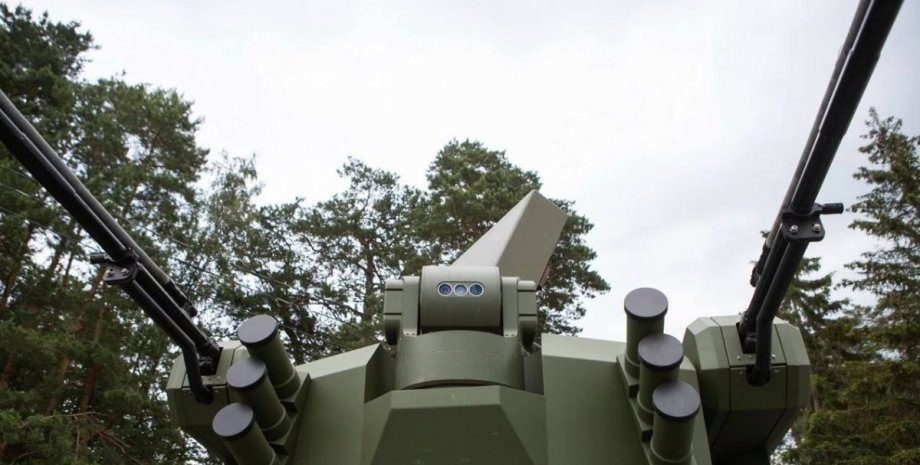
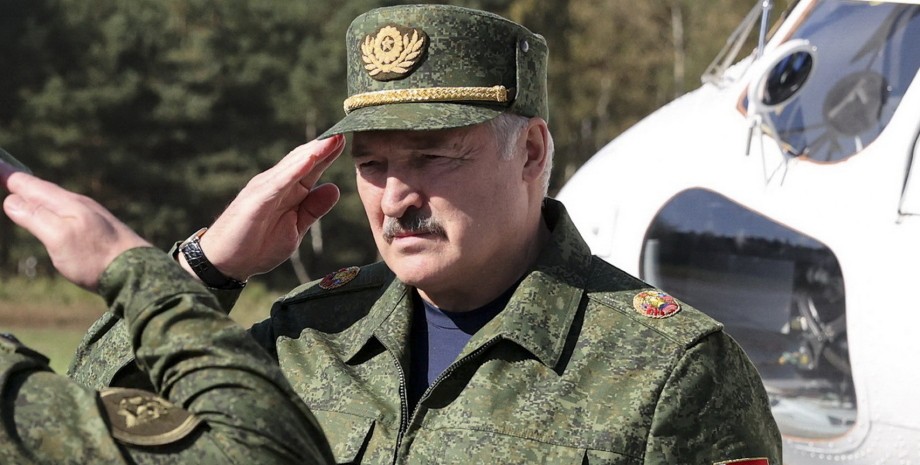
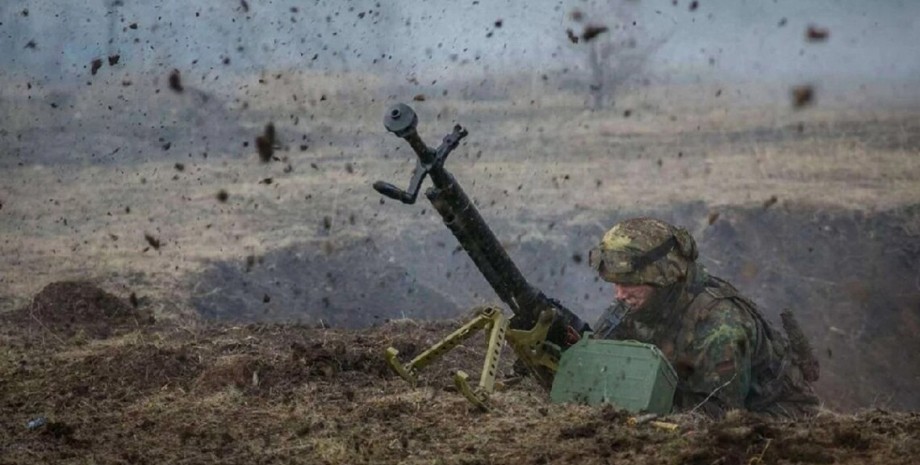

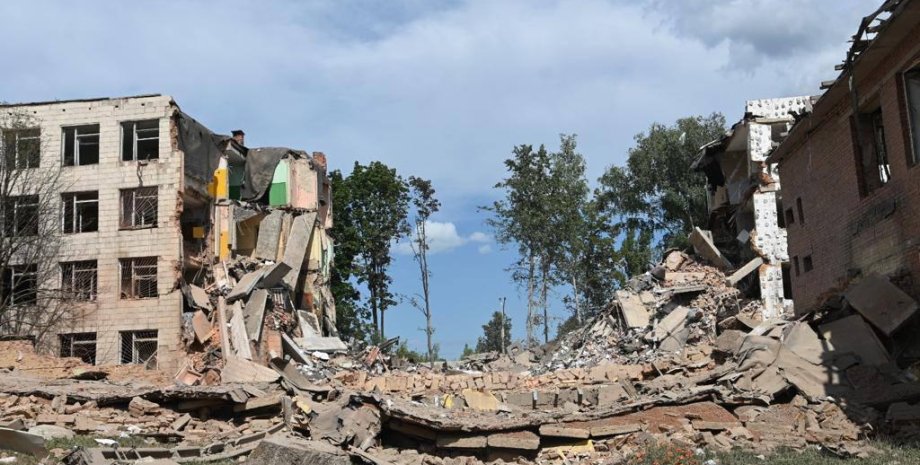
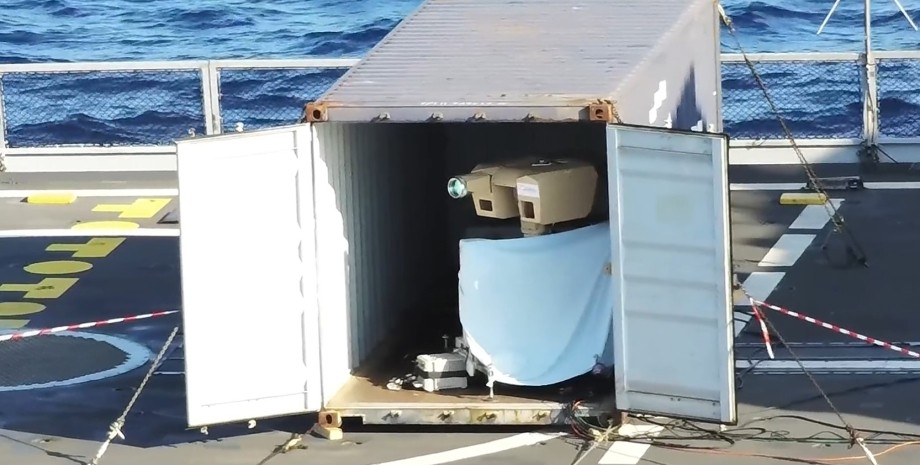
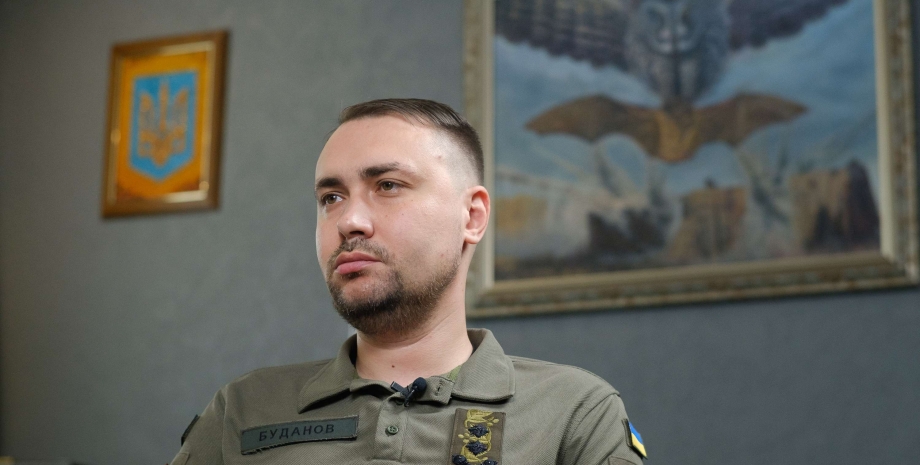
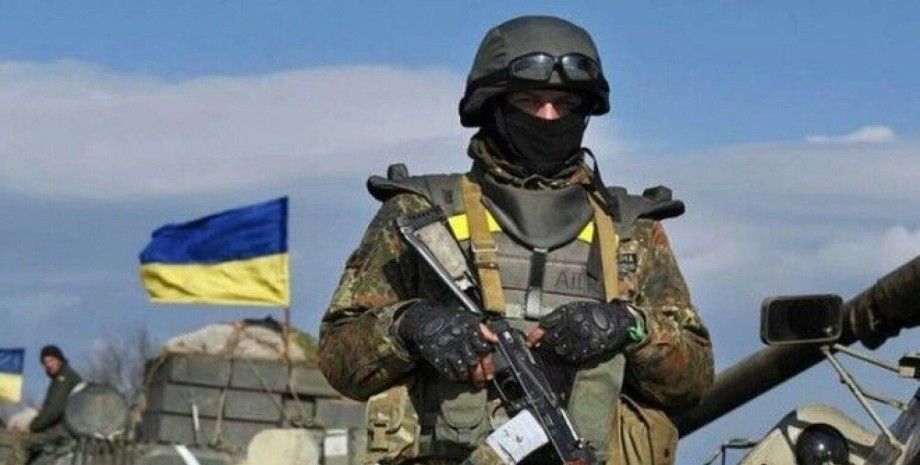
All rights reserved IN-Ukraine.info - 2022